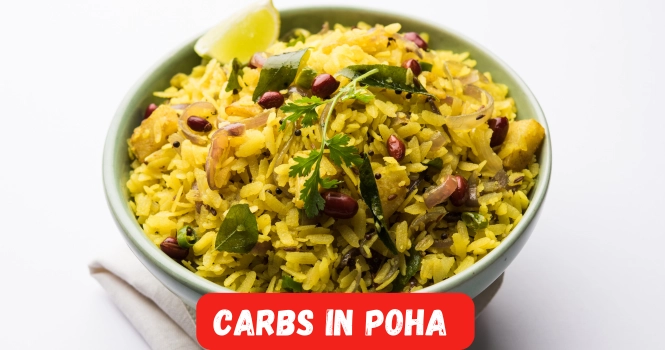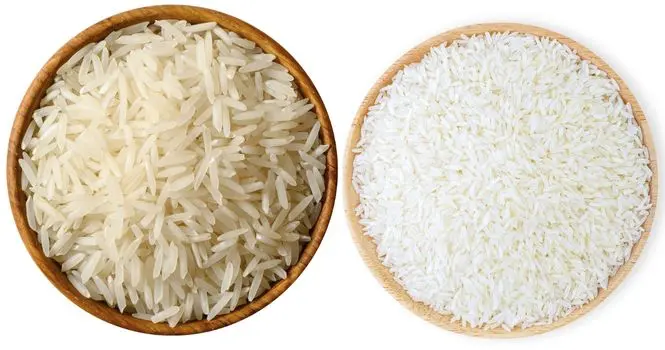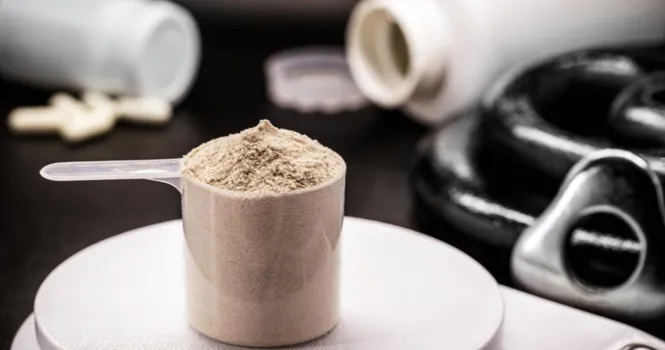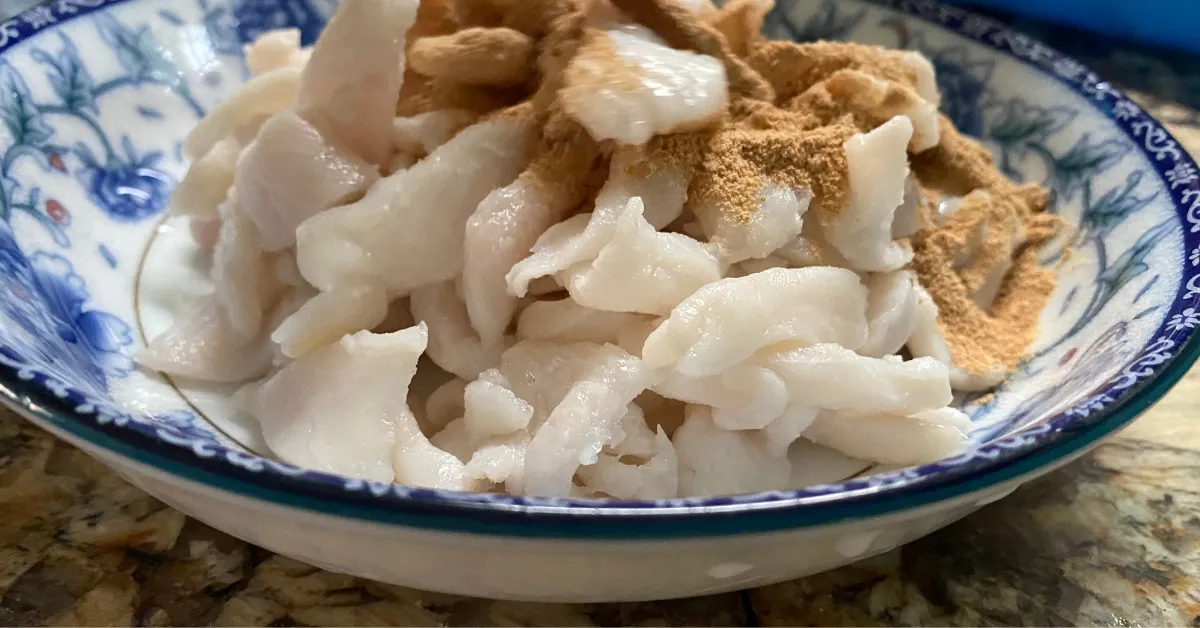Poha, a staple Indian breakfast made from flattened rice, is not just cherished for its taste but also for its quick cooking time and versatility. However, for those monitoring their carbohydrate intake, either for weight management or due to dietary restrictions, understanding the carb content in poha is crucial.
Let’s look into the carbohydrates present in poha and how it fits into various dietary plans.
What is Poha?
Poha originates from flattened rice that’s been parboiled, rolled, flattened, and then dried to produce light, flaky grains. It’s a preferred breakfast option across many parts of India due to its digestibility and nutritional value. Poha can be seasoned with spices, herbs, and added vegetables to enhance its flavor and nutritional profile.
Carbs in Poha
The primary nutrient in poha is carbohydrates, making it a significant source of energy. Approximately, a 100-gram serving of uncooked poha contains around 75 grams of carbohydrates.
However, it’s important to note that the actual carbohydrate content can vary slightly based on the poha’s thickness and the brand.
Low Glycemic Index
Poha has a relatively low glycemic index (GI) as compared to rice; GI measures how quickly foods raise blood sugar levels. Foods with a low GI are absorbed more slowly, resulting in a gradual rise in blood sugar and insulin levels. This makes poha a suitable option for people with diabetes or those looking to manage their blood sugar levels.
Dietary Fiber
Apart from simple carbohydrates, poha also contains a small amount of dietary fiber, essential for digestive health. Fiber helps in slowing down the absorption of sugar, aiding in better blood sugar control and promoting a feeling of fullness, which can be beneficial for weight management.
Incorporating Poha into Your Diet
Given its carb content, poha can be a part of a balanced diet when consumed in moderation. Here are a few tips for making poha a healthier meal choice:
1. Add Vegetables: Enhance the nutritional value of poha by adding a variety of vegetables like peas, carrots, and capsicum. This not only adds fiber but also vitamins and minerals.
2. Control Portions: Keep an eye on portion sizes to manage carbohydrate intake, especially if you’re watching your weight or blood sugar levels.
3. Choose Healthy Fats: Prepare poha with minimal healthy fats like olive or coconut oil and garnish with a handful of nuts or seeds to add healthy fats and proteins, making it more balanced.
4. Spice Wisely: Season with herbs and spices instead of sugar or sweet sauces to keep the glycemic load in check.
Poha is a nutritious and comforting meal option that provides a good amount of carbohydrates for energy. Its low glycemic index and potential for added fiber make it a considerable choice for a variety of dietary needs.
By being mindful of portion sizes and adding a mix of vegetables and proteins, you can enjoy poha as part of a balanced and healthy diet. Whether you’re looking for a quick breakfast or a light dinner, poha can be tailored to fit your nutritional goals without compromising on taste.













